

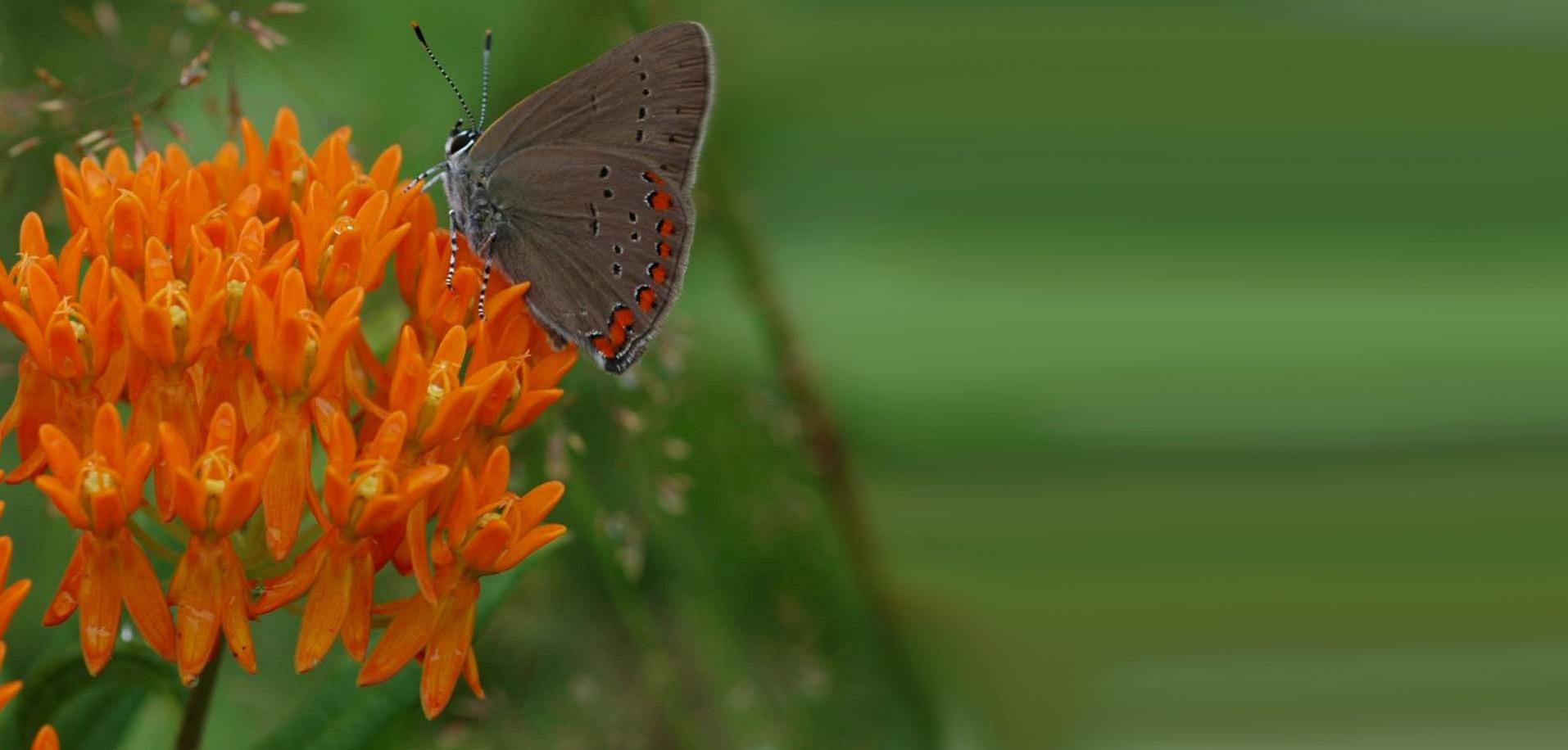
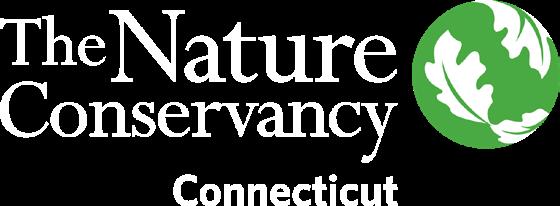





Rocky Neck State Park is known for its beautiful beach, historic pavilion, and passing trains. Maybe you’ve also strolled on the boardwalk, or had a picnic in the grassy field at the sand’s edge.
But there’s another important natural resource at the park: a coastal salt marsh.
A $4 million grant secured by The Nature Conservancy in Connecticut will set in motion planning for transformative work to restore the Bride Brook estuary and the marsh, with a focus on ecosystem restoration and resilience, and improved access to coastal natural resources. The funding was awarded by the
The work will benefit the ecosystem, as well as the local community.
A restored and healthy marsh will manage floodwaters, buffer effects of a changing climate, act as a natural shield for the coastline, and reduce the ambient air and water temperatures.
National Oceanic and Atmospheric Administration’s (NOAA) Transformational Habitat Restoration and Coastal Resilience Grant Program.
“We are incredibly excited to have secured these federal funds to restore an important ecosystem in Connecticut, and for the benefits that will extend to everyone who loves and lives near Rocky Neck State Park,” Dr. Jessica Cañizares, coastal restoration project manager for TNC in CT, says. “Funding needed for comprehensive, transformational restoration of the entire system only became available recently under the Bipartisan Infrastructure Law and Inflation Reduction Act.”
The 82 acres of marsh at Rocky Neck have long faced challenges and are critical to the ecosystem: They host unique biodiversity and provide protective benefits to coastal and inland communities.
TNC in CT will manage the “Bride Brook Estuary Transformation Project” in collaboration with the Connecticut Department of Energy and Environmental Protection (DEEP), which manages Rocky Neck, and in partnership with NOAA, the Connecticut National Estuarine Research Reserve, Ducks Unlimited, Save the Sound, and Restore America’s Estuaries. The work will build upon previously completed park projects.


The land stewardship team for The Nature Conservancy in Connecticut is prepared for anything needed by a visitor or the land itself. Stewards are caretakers of rivers, trails, wildlife and plants, and ambassadors who welcome visitors of all ages, abilities and interests. The work can be unpredictable. Behind the scenes, land stewards are leading the way for people and nature.

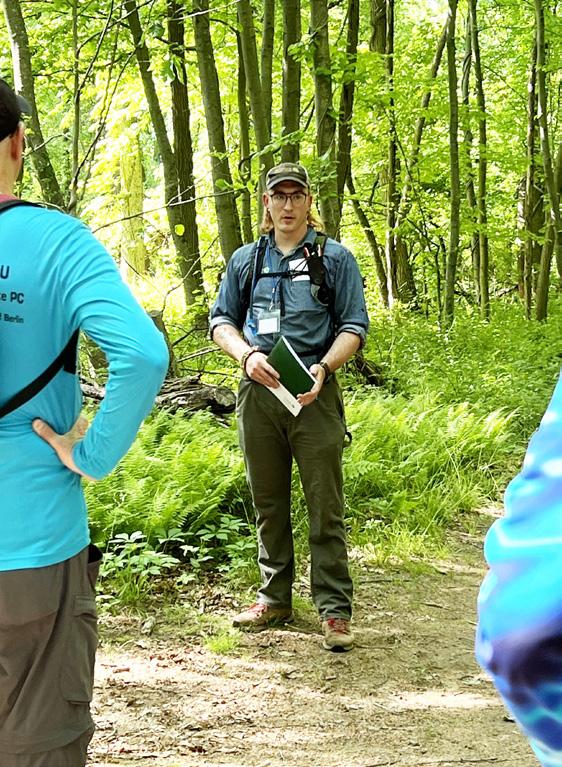

“When checking for invasive plants or making sure borders aren’t compromised, you have to take a moment when you spot a bobcat or a giant mushroom, or to simply soak up the beauty of nature. Monitoring and protecting land can be complex and challenging, but it means a lot to know we’re protecting it so it can be preserved long into the future.”
—Land Steward Kieran Runne
Something’s Growling in the Forest…but it’s not a wild animal.
On a recent morning at Sunny Valley Preserve, the sound bellowed from a chainsaw. Stewards gathered to sharpen their skills on the tool, especially for storms.
“It’s not always simple, like a tree falling on a trail. We learn how to properly take care of that,” says Wayne Woodard, director of Sunny Valley in Bridgewater and New Milford.
The team practiced on branches that blocked their path, and already fallen trees. It’s one of many trainings stewards complete; others cover geographic information systems (GIS), federal and state regulations pertaining to preserves, and wilderness first aid.
Nature is a ‘People Person.’ At first glance, land stewardship focuses on all things nature. But the human side is essential. Visitors travel to preserves for hiking, bird-watching, leaf-peeping, cross-country skiing and snow-shoeing, and peaceful moments.
Stewards strive to make preserves safe and enjoyable, whether someone’s a new hiker, or on a blue-blazed trail challenge.
A digital kiosk is now at Devil’s Den in Weston, with maps and information in English and Spanish. Guided hikes are held at preserves, some specifically for new visitors. Next up are initiatives for those using wheelchairs. More people are connecting with nature, forming their own rapport with the outdoors.
(Hiking) Boots on the Ground. Then there’s monitoring: Checking and tracking and reporting, for each preserve, assessing vegetation, noting trail conditions, recording changes, and talking to neighbors. A report is compiled for every preserve and easement (totaling more than 100).
It’s how Land Steward Kieran Runne found himself overnight in a tent. With multiple properties across CT needing monitoring, he found a unique approach to spend extra time in them!
Aren’t bear prints, beautiful scenery, and bridge-building part of most internships? No? Well, things are a bit different at The Nature Conservancy in Connecticut!
Yale Conservation Scholars Nisi Tuitupou and Logan Torres joined the CT chapter for all this and more in the summer. They traveled to preserves and pitched in with the land steward team to learn more about conservation work.
One project involved building a new bridge to connect trails from Sunny Valley Preserve to land managed by the Bridgewater Land Trust.


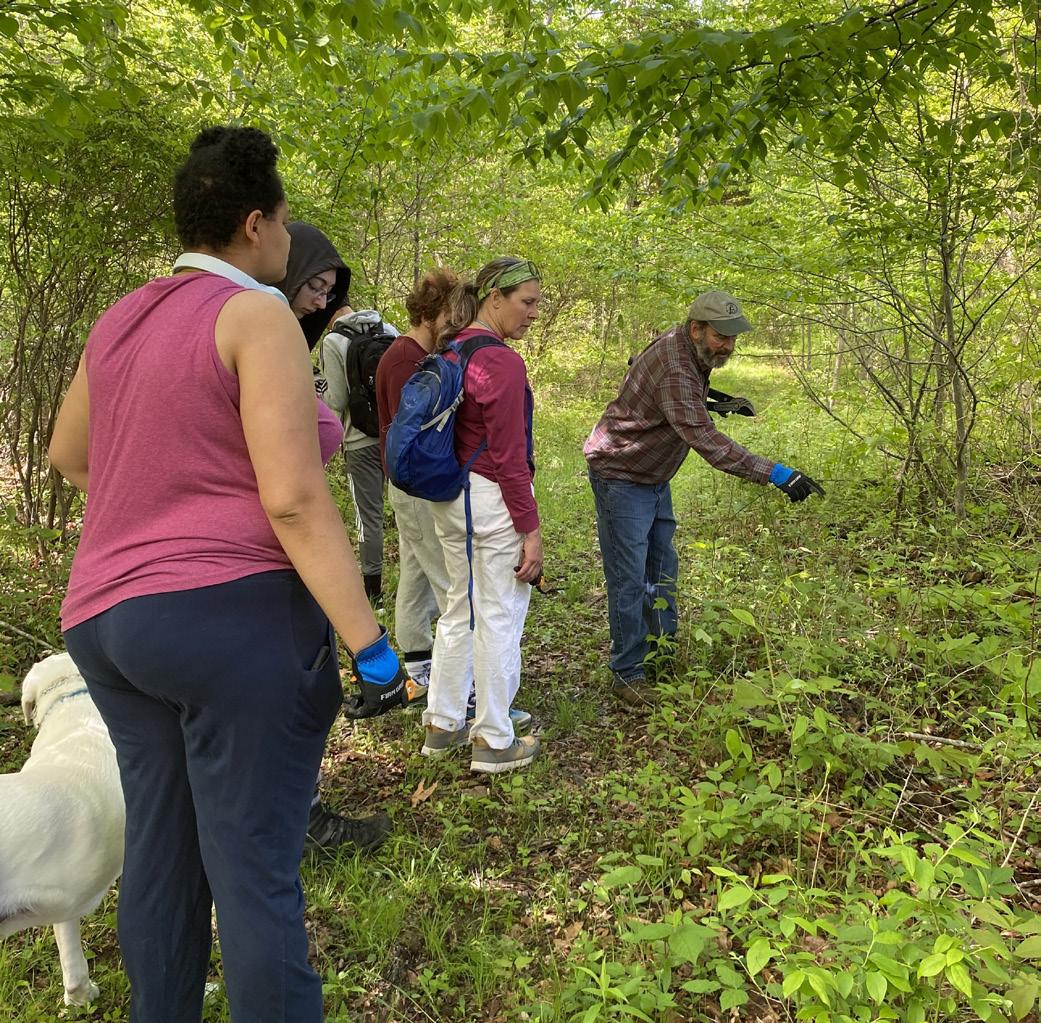
TNC’s Connecticut River preserves manager, David Gumbart, showed them how to begin preparing for a new path, as well as safe use of hand tools and proper pruning techniques. The group also enjoyed a preserve walk and discussion about how the worlds of conservation and equity, inclusion and access intersect.
Last year, Franklin students attended an educational program and guided hike, and built bluebird houses as a Capstone Project.
This partnership is made possible through a grant from the Community Foundation of Middlesex County.

Offshore wind is a complex topic that raises many questions— there’s much to explore.
TNC invites you to a new webinar series, where experts provide insight into the topic’s complexities, from cost to environmental impacts to economic considerations.
Learn about offshore wind and how it can help create a cleaner, greener and more prosperous future.
Register here or view past webinars in this series.
Learn about the heat island effect that challenged cities in this summer’s heat waves.
Drew Goldsman, urban conservation director for TNC in CT, spoke with NBC CT, WTNH and Fox 61.
Land Steward Kieran Runne spoke with the Hartford Courant about invasive species and what you can do.
Ben Croll, preserve visitor safety and engagement specialist for TNC in CT, shared hiking safety tips with News 12.
Cynthia Fowx, director of Saugatuck Preserves, discussed black bears and how humans can improve coexistence, with Hearst CT Media.

Drew Goldsman of TNC in CT speaks with WTNH News 8 on a hot summer day in New Haven about the urban heat island effect.
The Nature Conservancy awarded $1.2 million in grants to land trusts and organizations in seven states, including the Norfolk Land Trust and Warren Land Trust, to advance 27 projects. The two CT land trusts each received $50,000 through the Resilient and Connected Appalachians Grant Program, part of TNC’s Connectivity, Climate and Communities Fund, to address challenges and barriers in connecting a large network of resilient landscapes in the Appalachians.


Staff and volunteers headed to Stratford for work at Great Meadows Marsh as the weather warmed, but the land started attracting supporters long ago.
• 1920s: Ornithologists consider it a top Northeast birding site.
• 1960s: Legislators pass laws protecting tidal wetlands.
• 1990s: Added to the Stewart B. McKinney National Wildlife Refuge.
• 2021: Audubon Connecticut, National Oceanic and Atmospheric Administration, Connecticut Department of Energy and Environmental
Protection and U.S. Fish and Wildlife Service break ground on a restoration project.
TNC was one of many supporters that helped raise project funds, and now returns yearly (with Audubon Connecticut) to plant native grasses and shrubs.
Dredging, non-native plants, rising sea levels, and a loss of 700 acres have degraded the marsh. But Great Meadows contains CT’s largest block of un-ditched salt marsh, the rare snowy owl is seen here, and it’s an important habitat for horseshoe and blue crabs, endangered marsh pink flower, and migratory species like saltmarsh sparrow and striped bass.
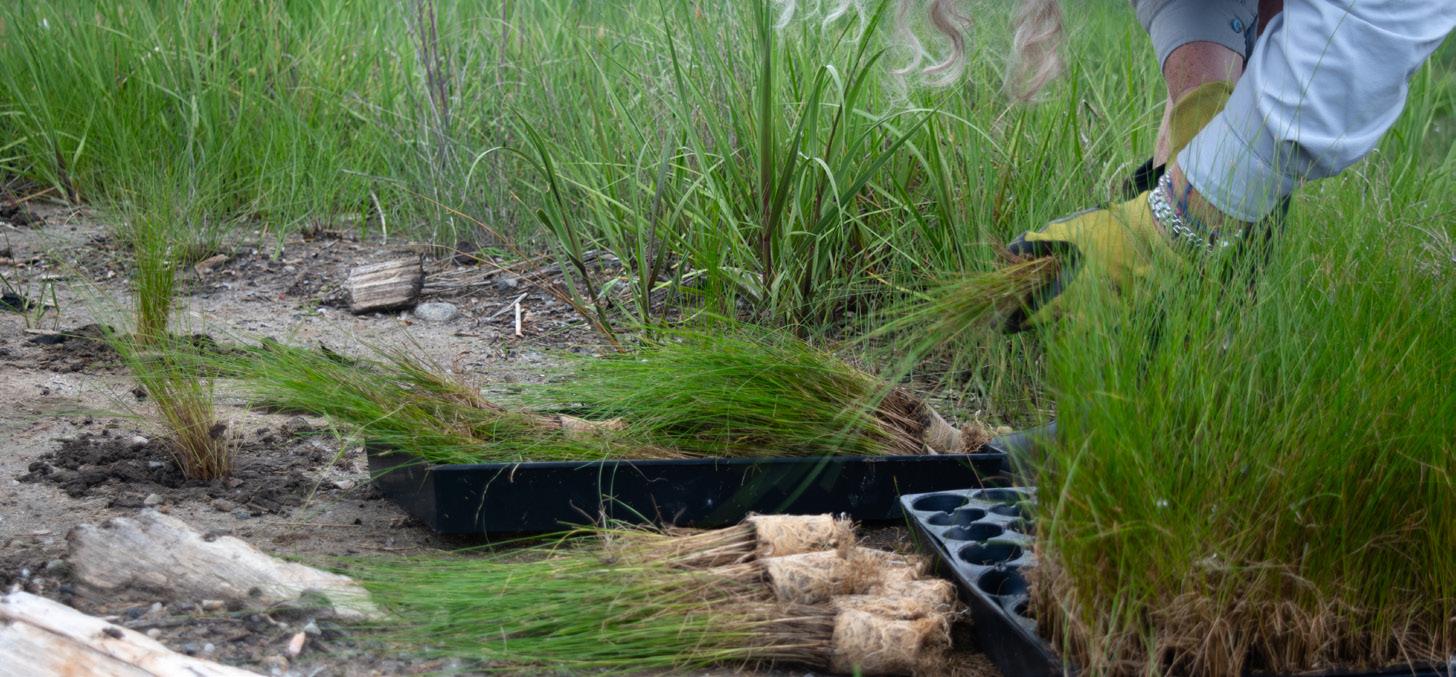

The chapter’s water team traveled to Washington, D.C., to meet with CT representatives (including Rep. Joe Courtney, Sen. Richard Blumenthal, Rep. Rosa DeLauro, Rep. Jim Himes, and Sen. Chris Murphy) for Long Island Sound Citizens Advisory Committee Education Day. Holly Drinkuth, director of river and estuary conservation, Jessica Cañizares, coastal restoration project manager, and Melissa DeFrancesco, watershed conservation coordinator, attended with others from our state who are working to protect the Sound.
As a critically important resource for the state, residents and nature, the Sound deserves dedicated advocates and long-term solutions. It takes all of us working together to protect this beloved part of our community.


